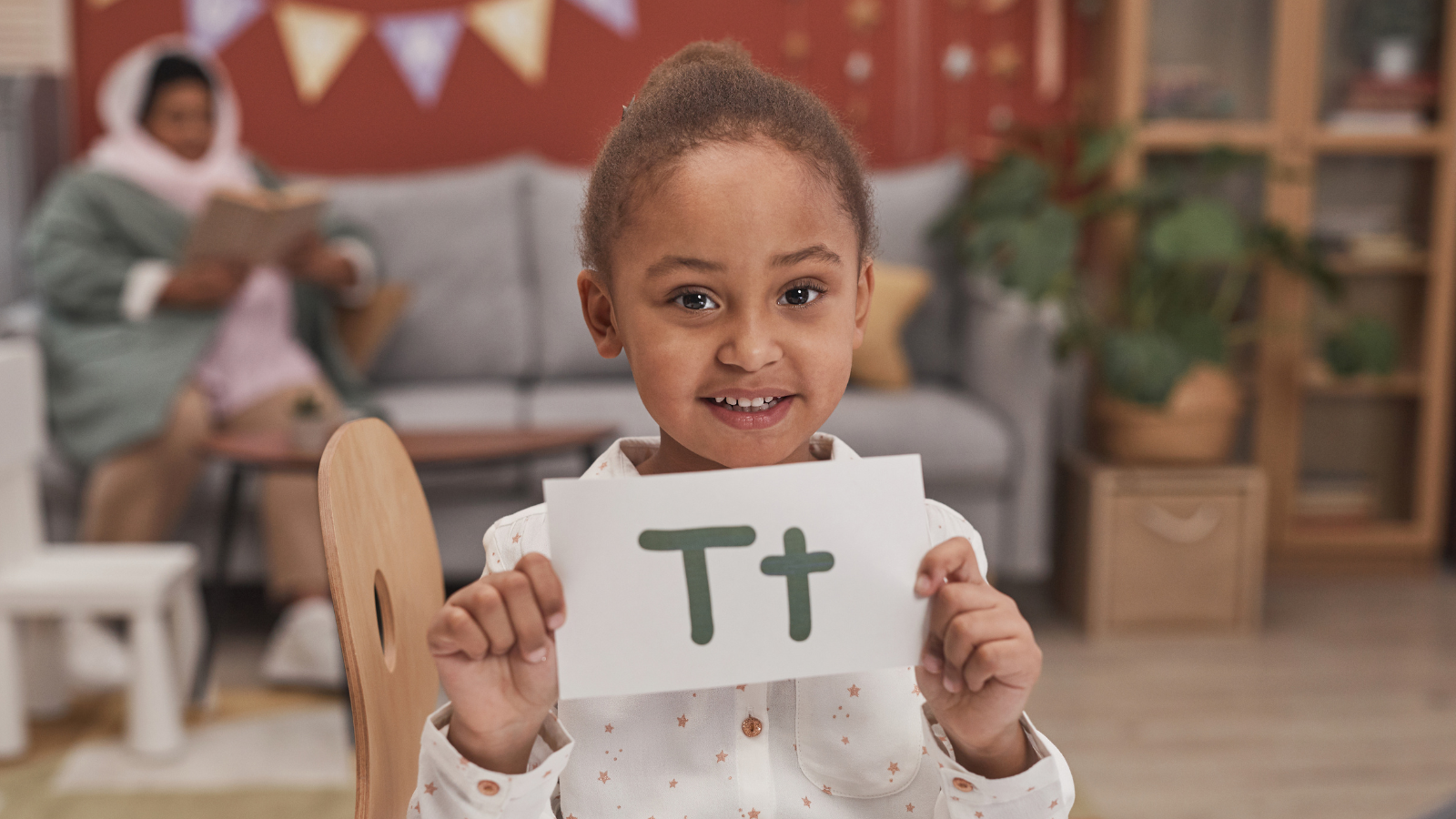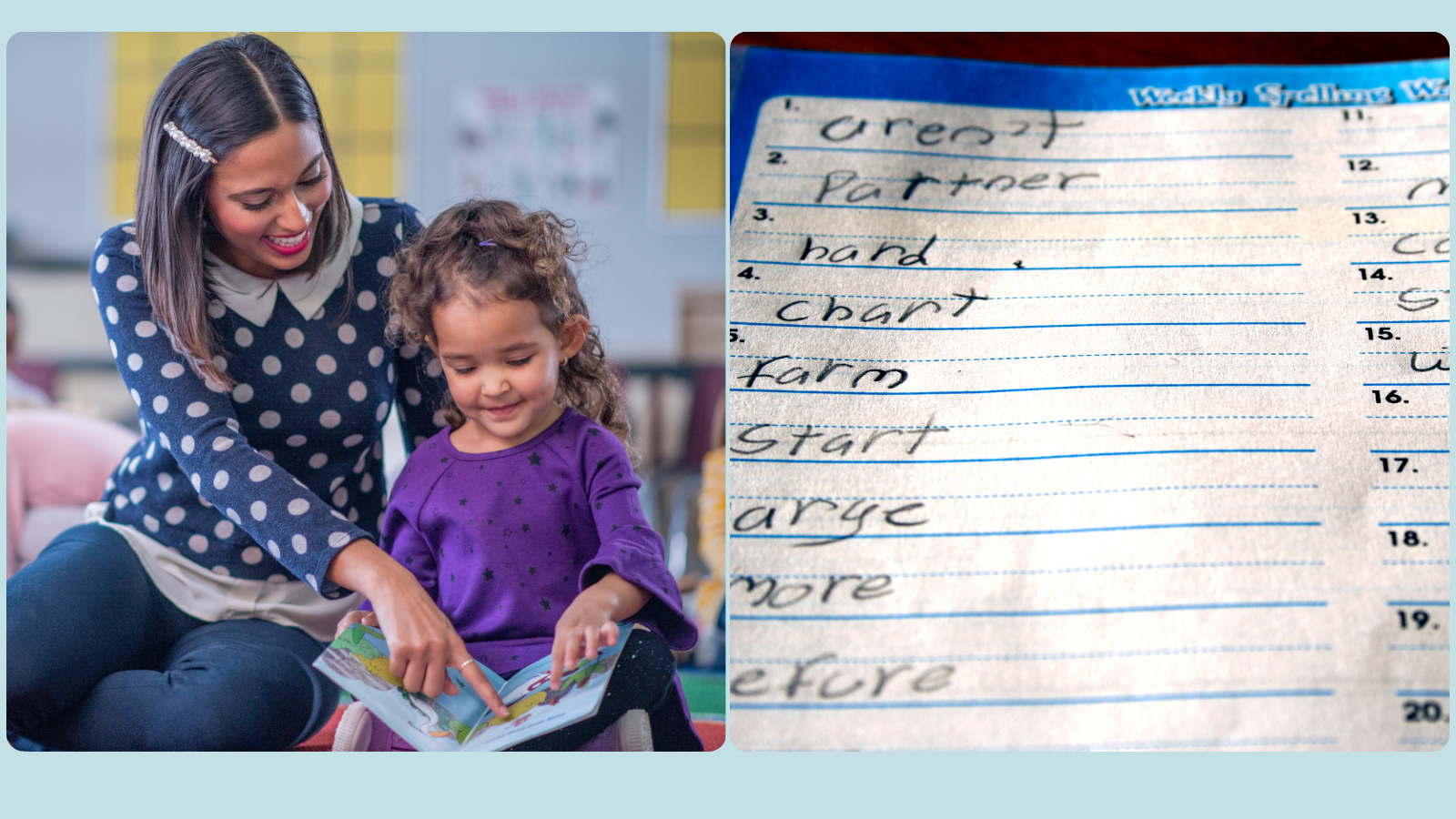How to find out if your child has a reading problem (and how to choose the right treatment approach)
There’s so much nonsense out there about kids’ reading problems and treatments. Unfortunately, lots of education, technology, and health businesses cash in on parents’ concerns by selling them expensive products and services unsupported by research evidence.
We get lots of calls and emails from anxious parents who are – understandably – worried about their children’s reading progress. Many are totally confused by the conflicting advice, jargon, glossy brochures and other clever marketing tricks used by different organisations to describe reading problems and how to “fix them”.
In this article, we discuss reading problems without the jargon. We also highlight reading treatment approaches that have been proven to work by high quality research.
1. Reading problems. Are they the same thing as “dyslexia”, “specific learning disorders with impairments in reading and/or writing” and “reading disabilities”?
Confusing and overlapping terms for reading problems are a big barrier for many parents looking to get reading help for their kids.
To learn to read, children need to acquire the Big Five evidence-based reading skills: phonemic awareness, phonics, vocabulary, reading comprehension skills and reading fluency. Difficulty acquiring one of more of these skills can cause reading and spelling problems.
Some reading problems – particularly to do with problems decoding written words – are called “dyslexia”. The term “dyslexia” is controversial and fiercely debated internationally for a few (good) reasons. One of the many definitions out there says that children with dyslexia usually have a significant impairment in their acquisition of:
which cannot be explained by:
- low IQ; or
- vision problems; or
- neurological damage (e.g. a brain injury); or
- (controversially) “poor educational opportunities” (Lyon et al., 2003).
You can read more about the dyslexia debate here.
Some researchers refer to statistically significant reading problems as “reading disabilities” (e.g. Galuschka et al., 2014). This term is also controversial – in part because reading (unlike talking) is “biologically unnatural” – everyone has to learn to do it from scratch, and some people can’t do it because they haven’t been taught properly. The word “disability” can also be very confronting for some worried parents.
“Specific learning disorder with impairment in reading (or writing)” is the (very wordy) language used by the American Psychiatric Association’s Diagnostic and Statistical Manual of Mental Disorders, Fifth Edition, (the DSM-5) the “bible” of mental health professionals in America and in many other countries, including Australia. Meeting the criteria for this disorder can be very important in some situations, e.g. to qualify for funding or special exam allowances (see below).
To side-step all this confusion, we’ll refer to reading problems as….(drum roll): “reading problems”.
2. Are all reading problems the same?
No.
Some are severe. Some are moderate. Some are mild. Some affect mainly one aspect of reading (e.g. comprehension but not decoding, as in hyperlexia). Others affect more than one aspect of reading (e.g. problems with phonological awareness, decoding, reading fluency and reading comprehension).
3. How can you find out if your child has a significant reading problem?
Most parents who contact us know their child is struggling to keep up with peers in reading, e.g. because they have observed the problems directly or have been told by their teachers.
The simplest way to get to the bottom of what’s going on is for your child to undertake a comprehensive and reliable standardised reading test. For example, in our clinic, we administer the York Assessment of Reading for Comprehension – Australian Edition (Snowling, et al., 2012) (the YARC), which has been shown to be reliable and valid for Australian school children (see YARC manual, pages 100-103).
4. You’ve seen someone about it. How severe is the problem?
In the best of worlds, your child’s speech pathologist, educator or educational psychologist would tell you clearly in their written assessment report.
In reality, some formal reports are very hard to read and understand unless you have a background in health, education or statistics. If you don’t understand the report, ask the professional to explain it in Plain English. To make reading reports easier for families, I have posted a Plain English guide to understanding standardised test scores: here.
How do we categorise reading problem severities? Consistent with published reading studies (e.g. Galuschka et al., 2014), we are of the view that a:
- severe reading problem is where your child’s reading performance is below the ~2.5th percentile (at least two standard deviations below the average). In other words, where at least 97.5% of your child’s peers are better readers. Other rules of thumb are where your child is at least two years below grade/year level, or has at least a two-year gap between his/her actual age (also called chronological age) and reading age.
- moderate reading problem is where your child’s reading performance is below the 16th percentile (at least one standard deviation below the average). In other words, where at least 84% of your child’s peers are better readers. Other rules of thumb are where your child is at least one year below grade/year level, or has at least a one-year gap between his/her actual age (also called chronological age) and reading age.
- mild reading problem is where your child’s reading performance is below the 25th percentile. In other words, where at least 75% of your child’s peers are better readers.
5. Does my child need to undergo a battery of expensive IQ and other tests before he or she can get help with reading?
No. No. No.
Read the next sentence carefully:
The best evidence-based treatments for kids with reading problems are exactly the same for:
- kids with a formal diagnosis of dyslexia or learning disorder; and
- kids without a formal diagnosis of dyslexia or learning disorder.
(This is something many “dyslexia assessment specialists” don’t tell you.)
In some situations, a formal and expensive diagnosis (e.g. of “dyslexia” or a “Specific learning disorder with impairment in reading”) might get your child special funding or exam allowances (or both). Again, this is controversial because it favours children from families who can afford to pay health and education experts to complete batteries of expensive IQ and other tests.
But a simple (much cheaper) standardised reading assessment like the YARC will tell you if your child has a significant reading problem and needs help to learn how to read.
6. Where should professionals look for the best evidence about reading treatment approaches that work?
As with any question about evidence-based treatments for our clients, we look first to the results of randomised controlled trials (RCTs) published in peer reviewed, quality journals. RCTs reduce the risk of bias and are the most rigorous way of determining whether a treatment actually works (Sibbald & Roland, 1998). RCTs about reading treatments are particularly important because of the very opinionated squabbles that break out between different reading “experts” over the best approach to reading instruction. You can read more about RCTs and why they are considered the “gold standard” of good research here.
Interested readers can also access the full texts of several landmark reports published about effective reading instruction by following the links at the bottom of our article about what works in reading instruction, including the US National Reading Panel report of 2000.
7. So what kinds of reading treatments work?
In 2014, a so-called “Meta-Analysis” of the then-published RCTs of reading treatments was published (see citation below). Here are some of the key findings made by the authors:
- Phonics instruction is the “only approach whose effectiveness on reading and spelling performance in children and adolescents with reading disabilities is statistically confirmed“. This finding is consistent with earlier meta-analyses published in 2001 and 2012 (McArthur et al., 2012; Ehri et al., 2001).
- Systematic instruction of letter-sound correspondence and decoding strategies, and the application of these skills in reading and writing activities, is the most effective method for improving literacy skills of children and adolescents with reading disabilities.
- Phonics instruction has been shown by RCTs to work in English-speaking countries, but also in studies conducted in Spain, Finland and Italy.
- Reading fluency training alone is not an effective way to enhance the reading or spelling ability of children and adolescents with reading disabilities.
- Phonemic awareness training has been shown to be effective for preschool children at risk for reading disabilities (e.g. Ehri et al., 2001; Bus et al., 1999). However, as a standalone treatment, it does not appear to have a significant effect on school children’s reading or spelling performance.
- Phonics instruction combines elements of reading fluency and phonemic awareness training; and has the potential to increase the reading and spelling performance of children and adolescents with reading disabilities.
- Using Irlen tinted lenses and overlays does not improve literacy: positive results reported in some lower quality studies are mainly due to placebo effects. (You can read independent research about why Irlen tinted lenses and overlays are not recommended here.)
- Auditory training focused on sub-skills underpinning reading does not significantly improve children’s reading and spelling skills.
Bottom line
High quality, peer-reviewed research evidence demonstrates that even severe reading and spelling difficulties can be ameliorated with appropriate treatment. At this stage, the best treatment approach available for children and teenagers with significant reading problems is phonics instruction. In our clinic, we’ve applied these findings to inform our approach to helping children with reading problems to read.
Related articles:
- Is your child struggling to read? Here’s what works
- Kick-start your child’s language with speech sound knowledge (phonological awareness)
- “I don’t understand what I’m reading” – reading comprehension problems (and what to do about them)
- How to help your school-age child to learn new words – the nuts and bolts of how I actually do it in therapy
- The forgotten reading skill: fluency, and why it matters
- Too many children can’t read. We know what to do. But how should we do it?
- What else helps struggling readers? The evidence for “morphological awareness” training
- 24 practical ways to help school-aged children cope with language and reading problems at school and home
- 6 strategies to improve your child’s reading comprehension and how to put them into practice
- Dyslexia vs Developmental Language Disorder: same or different, and what do we need to know about their relationship?
- “Does dyslexia exist?”
- Are reading comprehension problems caused by oral language deficits?
Principal source: Galuschka, K., Ise, E., Krickm K., & Schulte-Korne, G. (2014). Effectiveness of Treatment Approaches for Children and Adolescents with Reading Disabilities: A Meta-Analysis of Randomised Controlled Trials, PLOS One, 9(2), open access (full text) available here. Note the correction.
Image: http://tinyurl.com/m7qzuog

Hi there, I’m David Kinnane.
Principal Speech Pathologist, Banter Speech & Language
Our talented team of certified practising speech pathologists provide unhurried, personalised and evidence-based speech pathology care to children and adults in the Inner West of Sydney and beyond, both in our clinic and via telehealth.








